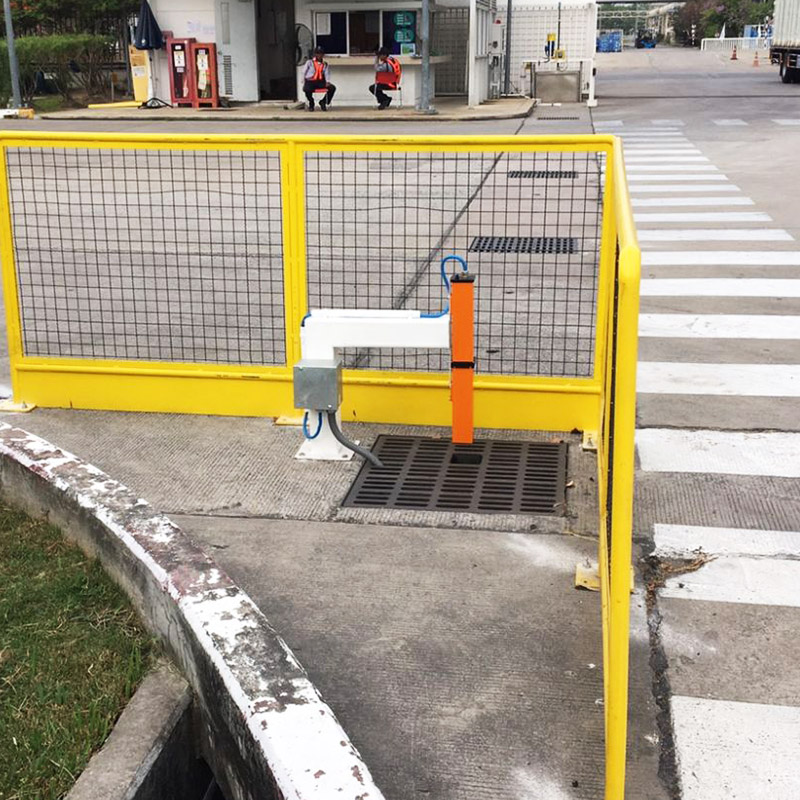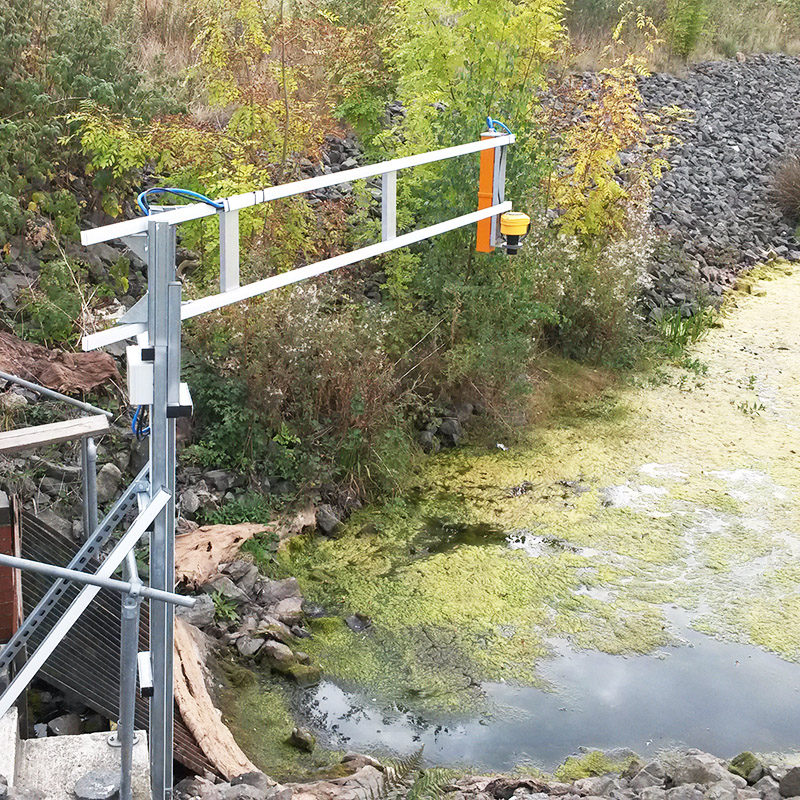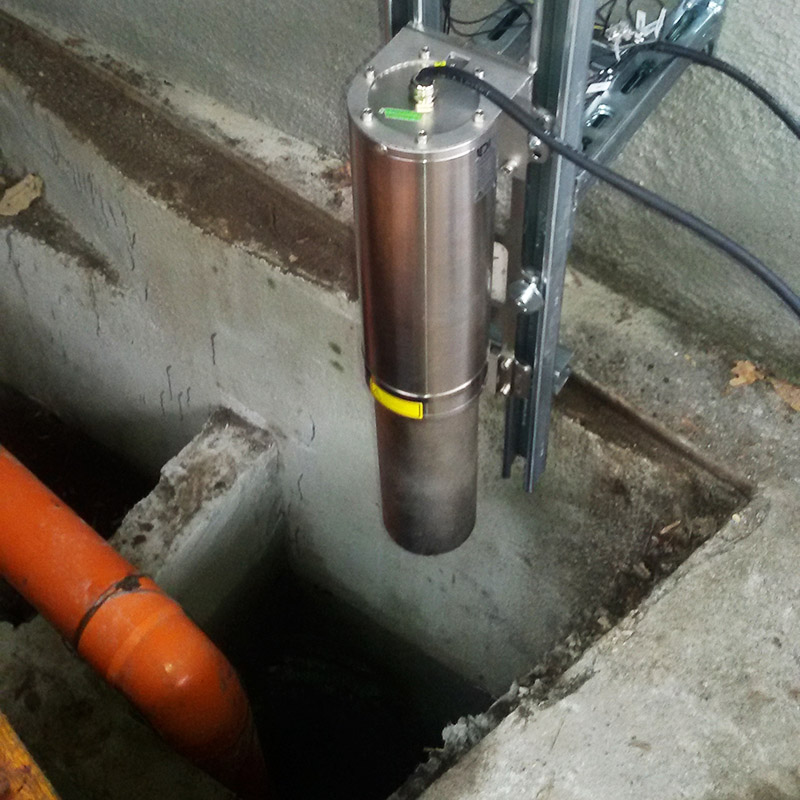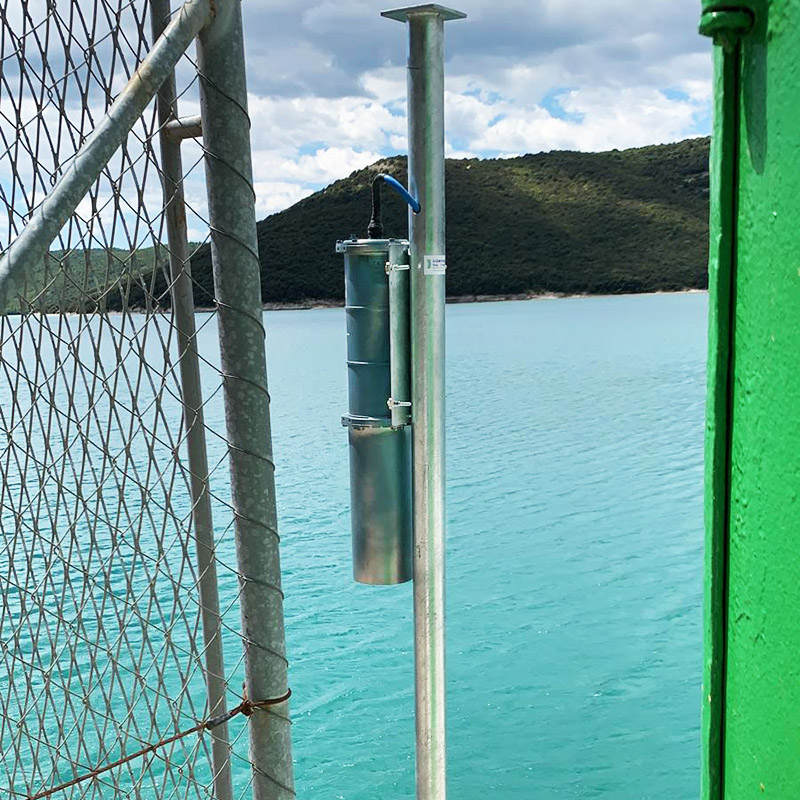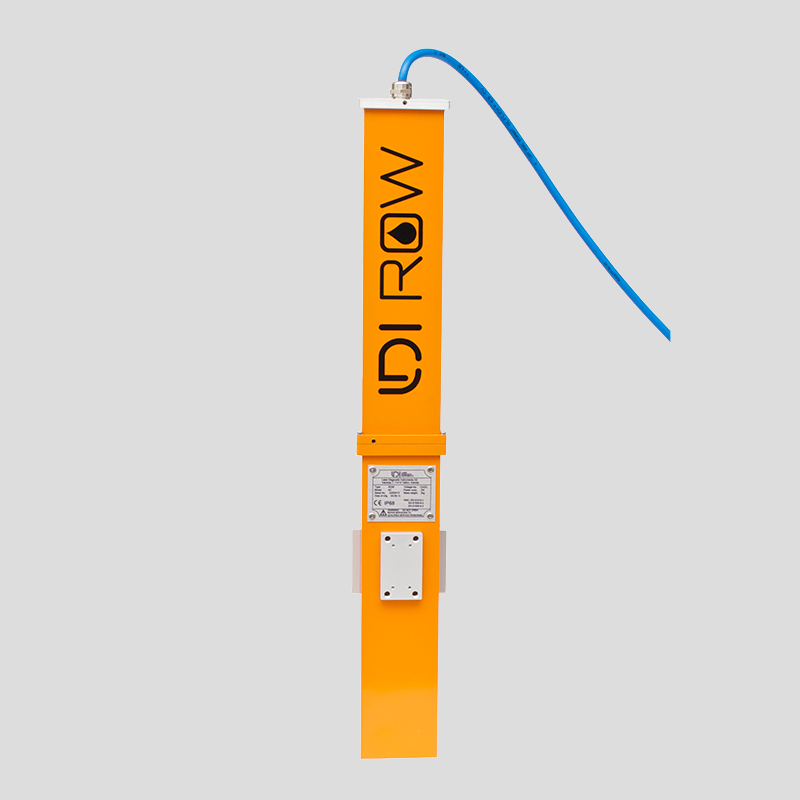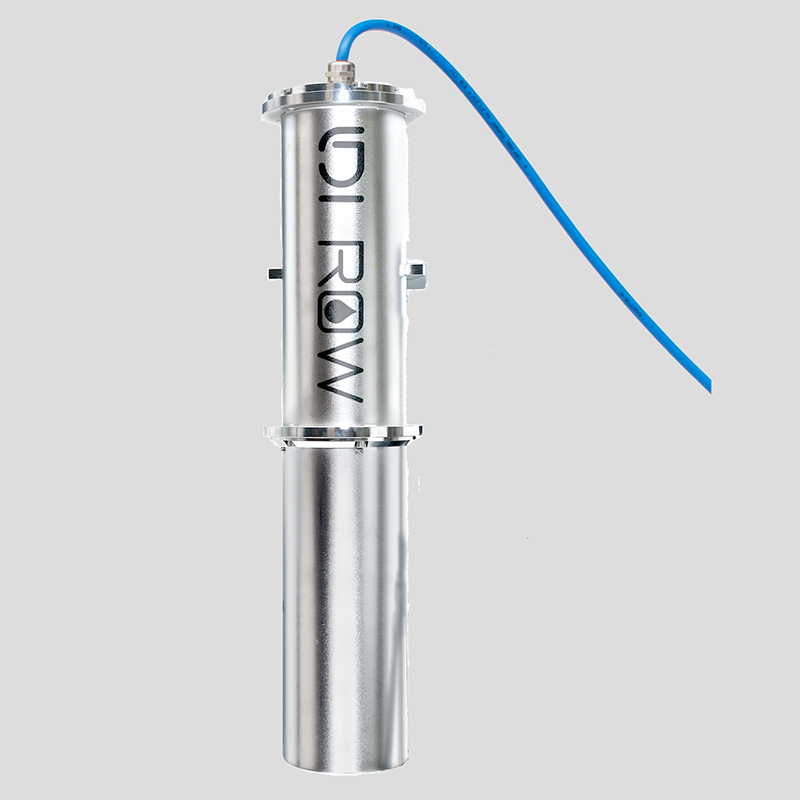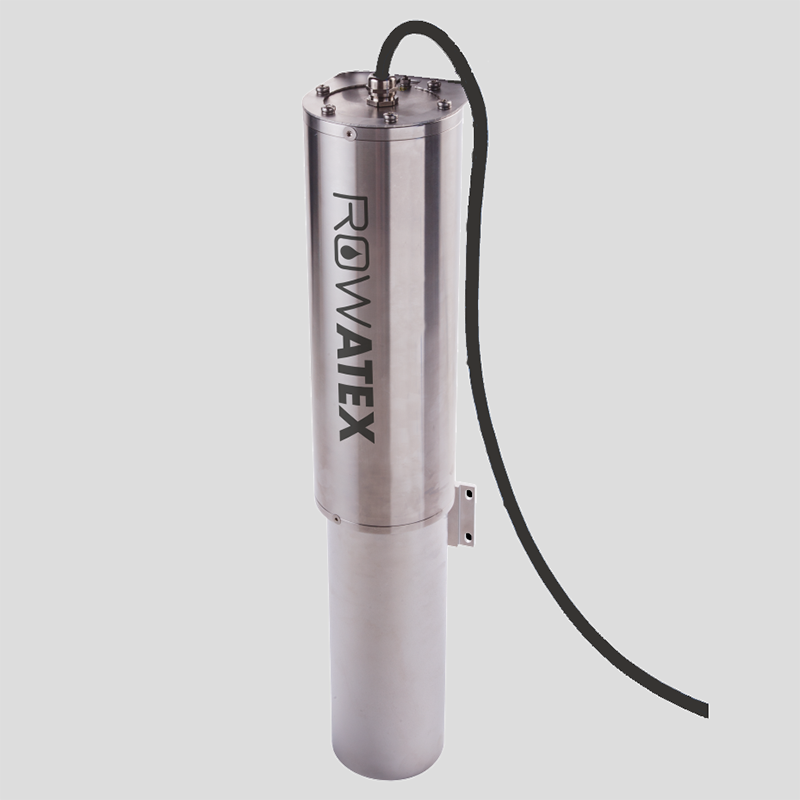Remote Optical Watcher - ROW is an autonomous non-contact sensor that detects oil on water in real time. It uses oil’s natural fluorescence to detect anything from marine diesel to vegetable oil to jet fuel, and alerts you immediately. Highly accurate and easy to maintain, the ROW finds oil spills fast for an early response.
- Sensitivity: > 1 μm
- Power: < 2W
- Range: up to 10 m
- Warranty: 2 years
Remote
Optical
Watcher
A non-contact hydrocarbon detector designed to be installed in remote locations for 24/7 continuous, online water monitoring.
0 +
0 +
For industrial or environmental water monitoring.
The ROW detects the most common oils used across multiple industries from heavy oils (crude*, bunker fuels etc.) to medium (diesel, lubricant etc.) and even light fractions (kerosene, jet fuel etc.).
Requiring only 2W (@12VDC) of continuous power, the ROW is fully compatible with off-grid solar/battery set up and connects seamlessly to your 3rd party telemetry.
We built the ROW to be rugged and installed across the world's environments. With an IP68 enclosure, you can expect year round monitoring without the maintenance.
With the ROW's optical technology for non-contact monitoring, there is no marine biofouling or oil contaminating the sensor. This limits the need for regular cleaning.
With standard CE, EPA, and ATEX/IECEx accreditation by DNV, you can rest assured the ROW is independently 3rd party certified to meet your local regulations.

Oil Spill Anatomy.
Fresh oil spills form emulsions on the water surface. Some oils such as kerosene or gasoline quickly evaporate. Over time, oil emulsions become heavier and sink beneath the surface making detection or cleaning efforts more difficult.
Early oil spill detection in the first minutes or hour becomes vitally critical for quick reaction and disaster mitigation. Booms, absorbent agents, or skimmers can be deployed; similarly, water ways can be diverted or valves shut-off to limit damage.
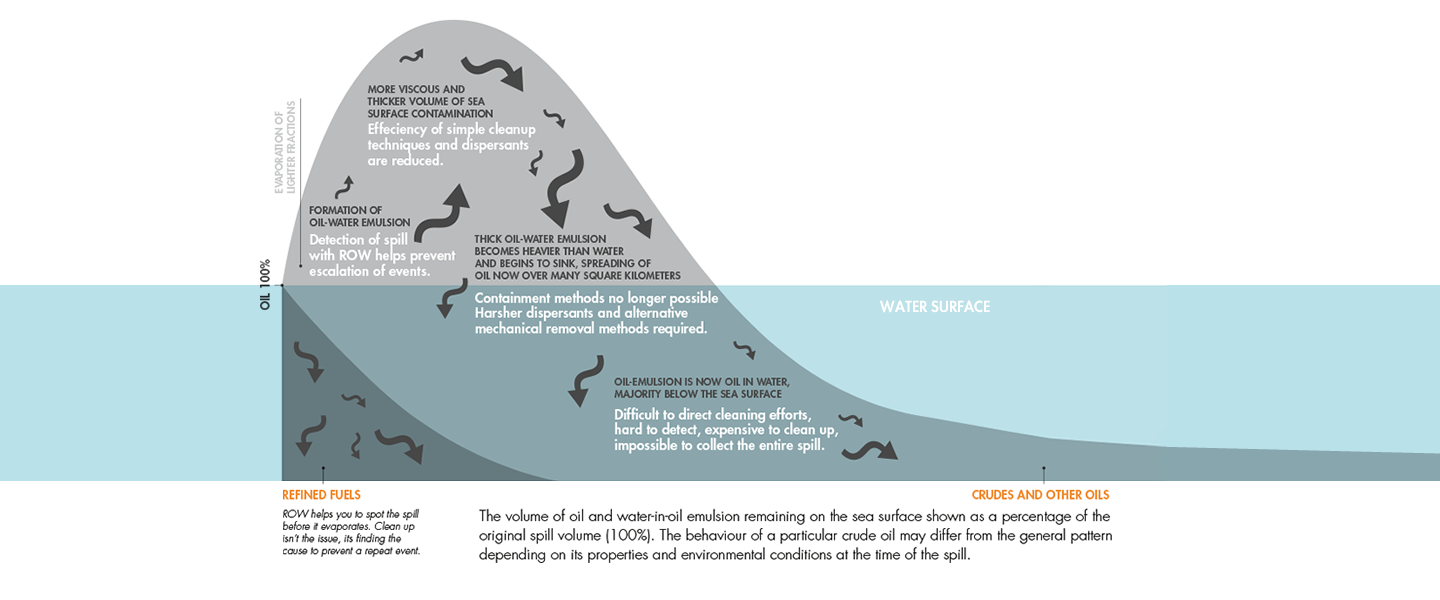
ROW Applications.
We have expanded our ROW hydrocarbon detector applications beyond just shipping ports or oil & gas facilities. Ports now include airports and oil & gas now include offshore, off-grid buoy installations. The water sector including waste water or drinking water treatment facilities are a big bulk of our customers.
Likewise, the power sector including thermal or hydroelectric facilities uses our ROWs to control their heavy machinery from lubricant oil leaks. Then finally, there are the truly unique applications in beverage bottling plants or cement factories and just about any facility that uses water.


